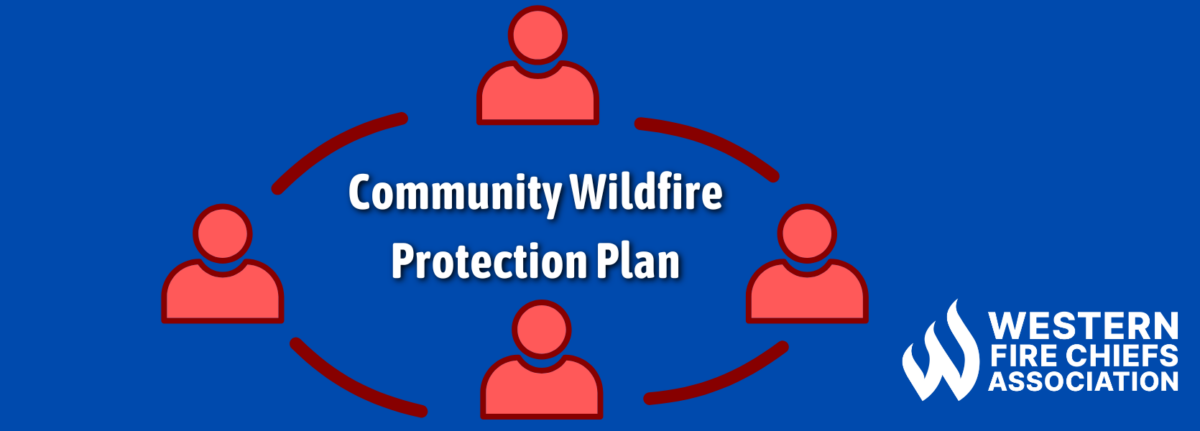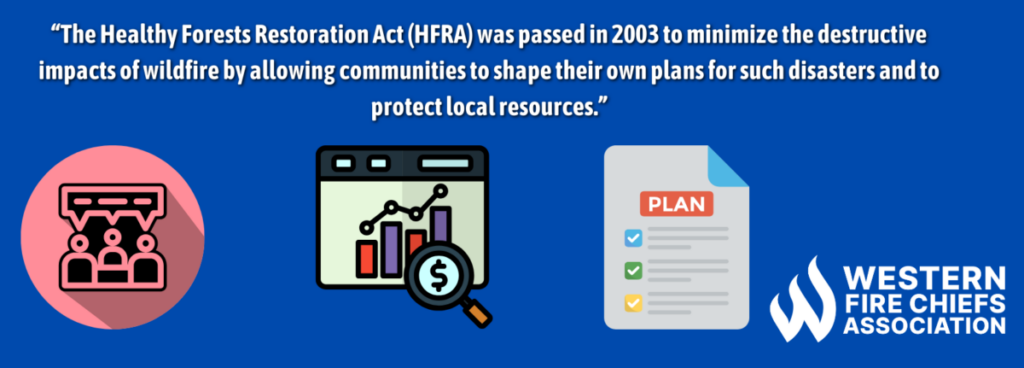Fire Pit Safety Tips
Stay safe around the campfire with tips from the Western Fire Chiefs Association. Learn essential precautions and practices for a worry-free outdoor campfire.
Empower your community with a detailed guide on creating a Wildfire Protection Plan. Explore crucial steps and strategies with expert guidance from the WFCA.
Published:March 26, 2024
Edited:March 26, 2024

Empower your community with a detailed guide on creating a Wildfire Protection Plan. Explore crucial steps and strategies with expert guidance from the WFCA.
Developing a Community Wildfire Protection Plan (CWPP) requires several important steps to effectively reduce wildfire risks. Understanding the history of wildfires in the area and assessing current risks is essential for making informed decisions. Using this information, communities can prioritize actions such as reducing fuel sources, improving infrastructure, preparing for emergencies, and educating the public. Collaboration and clear communication among stakeholders are key throughout the planning process to ensure everyone is on the same page. Regular updates and reviews of the plan are necessary for changing conditions, ultimately enhancing the community’s ability to withstand wildfires.3
The Healthy Forests Restoration Act (HFRA) was passed in 2003 to minimize the destructive impacts of wildfire by allowing communities to shape their own plans for such disasters and to protect local resources. Developing a Community Wildfire Protection Plan (CWPP) is a central piece of this legislation.2 The CWPP is a collaborative strategy developed by local citizens, state, and federal agencies to address wildfire risks. CWPPs are particularly utilized in areas where homes are built near fire-prone lands, known as the wildland-urban interface (WUI). This plan helps communities identify their specific wildfire protection needs and priorities, such as hazard mitigation, community preparedness, and structure protection. CWPPs enable communities to access resources and funding for implementing wildfire mitigation measures. These plans are crucial for enhancing resilience to wildfires across various states by tailoring strategies to local conditions and priorities.1

Under the guidance of the federal Healthy Forests Restoration Act (HFRA), a growing number of municipalities and counties across the United States have developed CWPPs to reduce the threat of wildfire.2 The development of CWPPs involves collaborative efforts among various stakeholders and agencies; this includes the Communities Committee, International Association of Fire Chiefs, and USDA Forest Service National Fire Plan Office, among others. During the creation of this plan, it is important to develop a community risk assessment. A risk assessment should consider fuel hazards, wildfire risks, and vulnerable infrastructure, as well as local preparedness and firefighting resources.3 However, the creation of a CWPP does not guarantee a decrease in wildfire risk. It is crucial to implement long-term strategies with monitoring and evaluation mechanisms in place to assess effectiveness and adjust plans accordingly.
Constructing an effective CWPP relies heavily on implementing best management practices tailored to the unique circumstances of each community. The first step is to convene decision-makers, followed by involving federal agencies, then engage interested parties such as community representatives. This effort ensures a comprehensive assessment of wildfire hazards and vulnerabilities specific to the area. This includes critical factors such as terrain features, vegetation types, historical fire data, and the resilience of community infrastructure.3 Through this comprehensive evaluation process, communities can discern priorities for targeted interventions, including fuel reduction initiatives, infrastructure upgrades, emergency preparedness measures, and public education campaigns. Regular reviews and updates to the plan are essential to adapt to evolving conditions and emerging threats, thereby enhancing community resilience against wildfires. Integrating the CWPP with broader land-use planning initiatives and leveraging available resources like funding opportunities and technical support can amplify the plan’s effectiveness.4
These resources provide a comprehensive range of information and assistance for communities looking to develop and implement CWPPs and engage in wildfire mitigation efforts:
Stay safe around the campfire with tips from the Western Fire Chiefs Association. Learn essential precautions and practices for a worry-free outdoor campfire.
Discover essential firework safety tips to ensure a dazzling display without accidents. Learn how to celebrate responsibly with expert guidance from WFCA.
Explore the role of AI in wildfire prediction with guidance from the WFCA. Learn how advanced algorithms and data analytics enhance early detection and response.